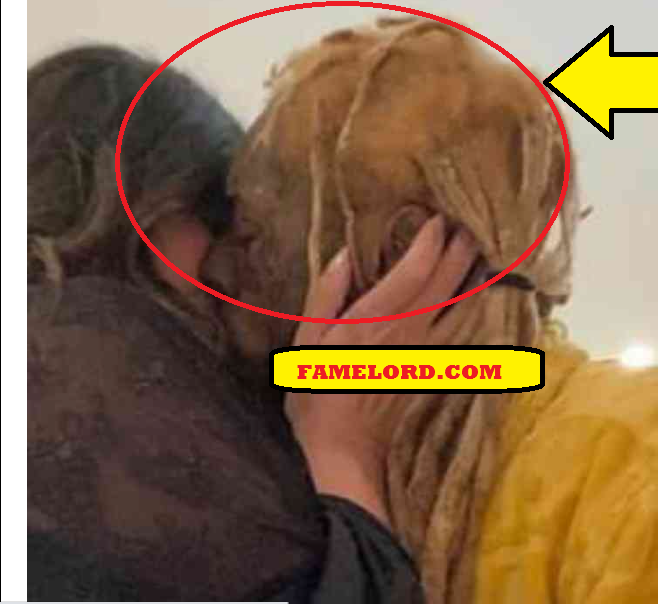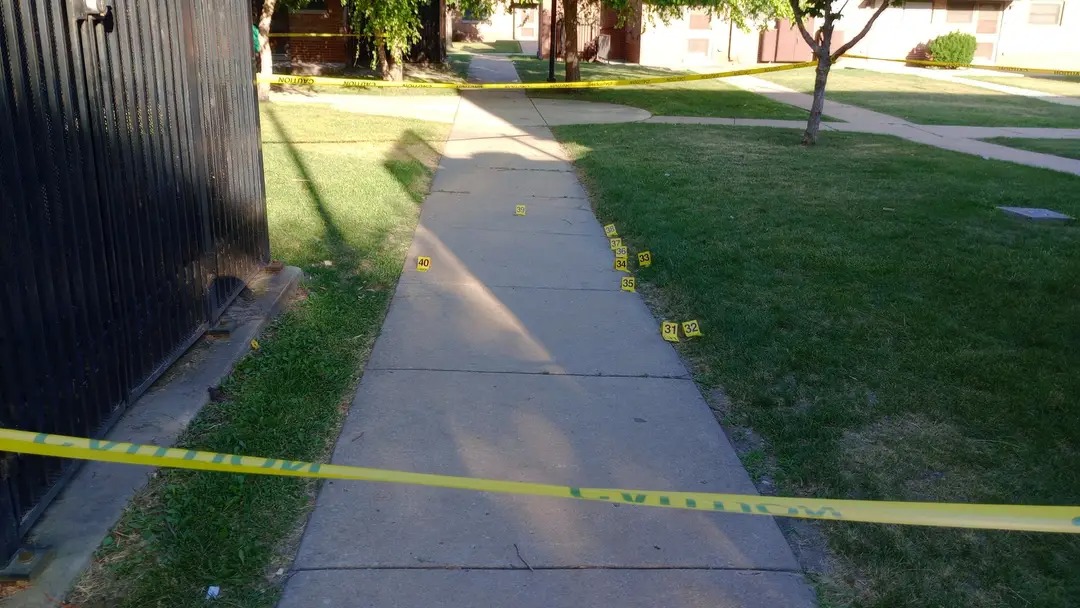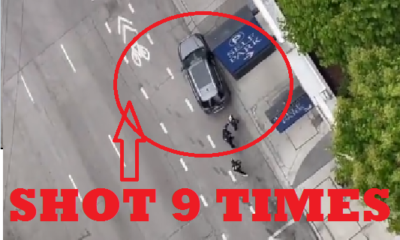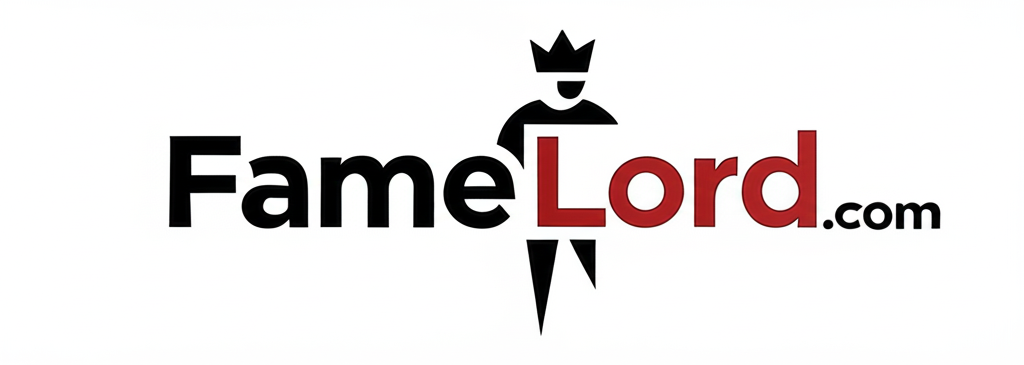Editorials
Lil Wayne Bald – Extreme Hair Loss Find Out Why

Lil Wayne bald head is going viral again, Lil Wayne hair loss is so extreme now that his dreadlocks are falling out on their own now.
Yes, it is that bad, if you remember last year at a concert Lil Wayne ripped out some of his dreadlocks himself well seems the dreadlocks do not wanna stay on his head as they are falling off on their own now.
Presently Lil Wayne is spotting bald patches on his head, Many fans on social media are saying Lil Wayne would soon look like Mayweather who is fully bald at the rate his dreadlocks are falling off. Take a look at Lil Wayne’s hair on a close level in the image below.
At this point, we cannot ascertain the cause of lil wayne bald head and the reason his dreads are falling off it could either be illness or stress that is triggering this baldness in Lil Wayne or it could just be the normal male pattern baldness due to age. Lil Wayne who is presently 38 years old falls under the bracket of ages when men start to experience some form of baldness.
Lil waynes bald head does not seem to have a pattern though, it just appears random, his hairs are falling off on a massive scale in patches. Even Lebron James who has the worst bald issue in sports history fans are saying he is faring far well than lil wayne in the hair department and that says a lot of lil waynes present condition.
Lil Wayne is a well-known rapper and music artist who is famous for his unique style and appearance. And One of the most notable features of his appearance is his signature dreadlocks, which have become a trademark of his persona.
However, in recent years, Lil Wayne has been going through falling dreadlocks, which has become a topic of discussion among his fans and the media. Many people have been curious about why Lil Wayne has been losing his dreadlocks and whether it is intentional or not.
While Lil Wayne has not spoken publicly about the reason behind his falling dreadlocks, it is speculated that it may be due to a combination of factors.
Keep the legend and his dreadlocks in your prayers you all…..
Ariana Fletcher Before Surgery! What Ari Fletcher Looks Like Now!!
Tommie Lee Before Surgery BBL Tommiee Before And After Fame Pics
JT Before Surgery BBL, City Girls TheGirlJT Before and After Pics
Pastora Claudia Jaramillo: Meet The Hottest Female Pastor In The World
Editorials
Mass Shooting in Chicago’s Altgeld Gardens Leaves Four Injured, Allegedly Retaliation for Mello Buckzz!!

Chicago, IL – July 3, 2025 – A mass shooting in the Altgeld Gardens neighborhood on Chicago’s South Side, that many in the streets have called a retaliation for the Mass Shooting earlier at rapper Mello Buckzz Album release party has left four people wounded in the early hours of Wednesday morning, marking another violent incident in a city grappling with gun violence.
Details of the Shooting
According to Chicago police, the shooting occurred around 3:17 a.m. in the 600 block of East 133rd Street. A group was gathered outside when unknown assailants opened fire, striking four individuals.
The victims include:
-
A 21-year-old man, shot in the arm and thigh, transported to the University of Chicago Hospital in critical condition.
-
A 31-year-old man, suffering multiple gunshot wounds, taken to Christ Hospital in critical condition.
-
A 29-year-old woman, shot in the arm, who self-transported to Christ Hospital in stable condition.
-
A 29-year-old man, shot in the shoulder, who initially went to Roseland Hospital before being transferred to the University of Chicago Hospital in serious but stable condition.
No suspects have been identified, and Area Two detectives are investigating the circumstances surrounding the attack.
Community Reactions
The shooting has sparked outrage and frustration among residents, with many questioning the effectiveness of crime reduction efforts.
-
Suzanne Etsch commented, *”So in a 24-hour period, at least 22 people shot. Both were mass shootings. Can’t wait to see the total Monday morning.”*
-
Courtney Faull-Basile questioned the narrative on gun violence, asking, “Crime is down, mass shootings are up. Why aren’t we worried about the mass shooters’ mental health or access to guns this time?”
Others, like Ricky Moore, called for unity, saying, “We have to start fasting and pray so our people will stop all the hate towards one another.”
Broader Context of Chicago Violence
This incident follows a troubling trend of mass shootings in Chicago, despite official claims of declining crime rates. Just last month, a similar attack in another South Side neighborhood left multiple victims wounded.
Critics, including Lee Kirk, blamed political leadership, referring to the city as “Brandon’s Chicago,” a likely reference to Mayor Brandon Johnson. Meanwhile, Marc Sims noted that most violent crimes occur within interconnected networks rather than as random acts.
As investigations continue, Chicago residents brace for what could be another violent holiday weekend.
-

 Entertainment3 years ago
Entertainment3 years agoIs Frankie Lapenna Butt Real? Find About About Frankie Lap!!
-

 Entertainment5 years ago
Entertainment5 years agoLil Reese shot in downtown Chicago! Watch The Crime Scene CCTV Video!!
-

 Entertainment5 years ago
Entertainment5 years agoRapper Pooh Shiesty Caught On Video With A Trans Woman! Is He Gay?
-

 Entertainment4 years ago
Entertainment4 years agoWhat Happened To Cody Lane?
-

 Entertainment5 years ago
Entertainment5 years agoPastor Claudia Jaramillo: Redefining Leadership and Womanhood on the Pulpit
-

 Entertainment5 years ago
Entertainment5 years agoCorinna Kopf Photos Hours After She Joined!! Who is Corinna Kopf?






![Kodak Black - Last Day In [Video]](https://famelord.com/wp-content/uploads/2021/06/Screenshot-178-80x80.png)